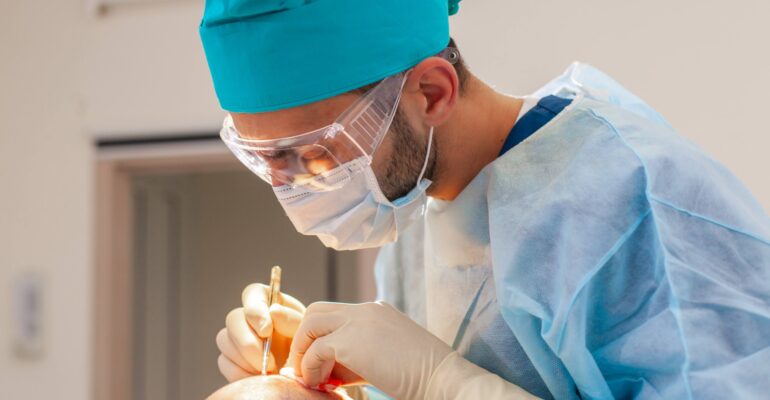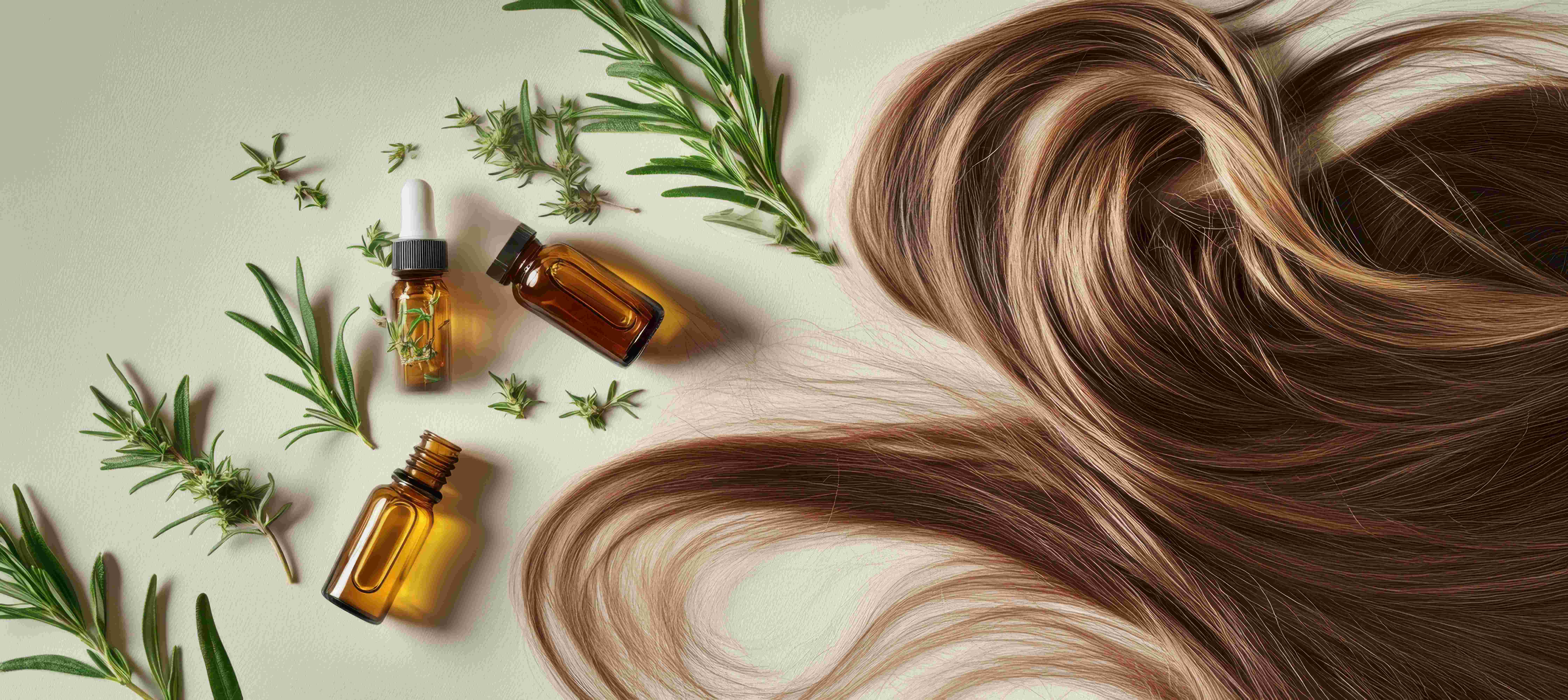Top Techniques for a Natural-Looking Hair Transplant
November 6, 2024 2024-11-06 8:38Top Techniques for a Natural-Looking Hair Transplant
As an Amazon associate, Dermatocare earns from valid purchase made by clicking on the affiliate links in this blog.

Top Techniques for a Natural-Looking Hair Transplant
Hair transplants have become a popular solution for those seeking to restore hair in a way that looks natural. Advances in technology have brought techniques that make the results blend seamlessly with existing hair, giving individuals more confidence in their appearance. But what methods lead to such realistic outcomes?
Below, this article will discuss the top techniques that help create a natural-looking hair transplant. This guide provides clear explanations to help readers understand how these methods work and why they are effective.
Choosing the Right Technique
Selecting the correct technique for a hair transplant is one of the most important steps in achieving a natural look. Different techniques suit different types of hair loss, and an experienced surgeon can recommend the best option based on individual hair patterns, hair density, and scalp characteristics. Here are the primary techniques commonly used today:
Follicular Unit Extraction (FUE)
Follicular Unit Extraction, or FUE, is a popular method known for its precision. In FUE, individual hair follicles are removed from a donor area, typically the back of the scalp, and transplanted into areas experiencing hair loss. Each follicle is carefully extracted to minimize scarring and ensure it matches the natural direction of surrounding hair. Whether you’re in Singapore or in any country, an FUE hair transplant is ideal for those wanting a natural look with minimal visible scars.
Example: Imagine if each hair were planted to follow the natural curve of existing hair; this method mimics that exact effect, making the new growth blend almost seamlessly.
Follicular Unit Transplantation (FUT)
Follicular Unit Transplantation, or FUT, involves taking a small strip of skin from the donor area and dissecting it into individual follicular units. These units are then transplanted into the areas of thinning hair. Though this method can result in a linear scar, it’s often hidden by the surrounding hair. FUT is preferred when a person needs more extensive hair coverage, as it provides a large number of grafts in a single session.
Each graft is carefully placed to match the natural angle and direction of existing hair, making FUT a technique often chosen for patients with significant hair loss who still want natural results.
Selecting the right hair transplant technique lays the foundation for natural, lasting results. Both FUE and FUT methods offer unique benefits tailored to different needs, helping individuals achieve a seamless, authentic appearance.
Strategic Placement and Hairline Design
A natural-looking hair transplant relies heavily on the placement of each follicle and a well-planned hairline. A skilled surgeon will assess several factors when designing a natural hairline and placing grafts, including age, facial shape, and hair growth patterns.
Designing a Customized Hairline
One of the most challenging parts of a transplant is designing a hairline that looks authentic. A good hairline is never straight across or too low; instead, it takes on an irregular shape that mimics natural hair growth. Surgeons often create small, staggered hairlines with finer hair at the front, slowly increasing thickness as it moves toward the back. This technique provides a softer transition that looks realistic.
Example: Think of the hairline as a gradual wave rather than a straight line; this irregular design makes the transplant appear less noticeable.
Density and Graft Distribution
Even distribution of hair density across the scalp is crucial. The transplanted hair should blend in, creating a smooth, uniform look. Skilled surgeons pay close attention to how they distribute hair grafts to avoid an unnatural appearance. By ensuring a balanced placement, they create a fuller, natural look, even in areas that were previously thin.
Thoughtful placement and careful hairline design are essential for achieving a realistic look in hair transplants. With attention to natural patterns and density, surgeons ensure the new growth blends seamlessly with existing hair.
Post-Transplant Care for Best Results
The aftercare phase is just as critical as the procedure itself. Proper post-operative care ensures that the transplanted hair takes root, grows well, and looks natural.

Gentle Handling and Moisturizing
Following a transplant, the scalp is sensitive, and the new follicles require gentle handling to avoid irritation or damage. Doctors often advise gentle washing and moisturizing treatments to soothe the scalp and keep it hydrated. These practices help maintain a healthy environment for new hair growth, allowing follicles to take root properly.
Nutritional Support and Health Maintenance
Healthy hair requires a good diet, adequate hydration, and sufficient sleep. Patients are encouraged to maintain a balanced diet rich in vitamins and minerals to promote hair growth. Supplements like biotin, zinc, and vitamin E are often recommended as they can support healthier hair. This focus on health can significantly affect the overall appearance and durability of a hair transplant.
Following proper post-transplant care plays a vital role in achieving lasting, natural-looking results. With gentle handling and nutritional support, patients can foster optimal growth and ensure their new hair thrives.
Conclusion
A natural-looking hair transplant involves more than just moving hair from one area to another; it’s a meticulous process that requires skill, the right technique, and a customized approach. Techniques like FUE and FUT offer precise, effective ways to achieve realistic results, especially when paired with strategic hairline design, density control, and advanced methods to minimize scarring. Post-transplant care further enhances the natural look, ensuring long-lasting results. By choosing the right method and following proper care routines, anyone considering a hair transplant can achieve the look they desire with confidence.
ROUTINE FINDER
Get free dermatologist-recommended regime by choosing your skin or concerns.

FACE

HAIRS

CHILD

BODY




